Question asked by Demian
What are the views of Sherab Chamma and what are the benefits of her mantra? Is she truly enlightened or is she another deity subdued by Guru Rinpoche? Would it be wise to pray to her or recite her mantra? What are the views of Yeshe Walmo and the benefits of her mantra? Is she enlightened or was she subdued? Would it be wise to pray to her and recite her mantra?
Who is Tonpa Shenrab and is he enlightened as people say he is or is he not? Would it be a good idea to pray to him or chant his mantras?
Is the Tibetan Bon mantra to the Medicine Buddha:
OM NA MA MIR TA YU DRANG RED NA A MIR TA DRUM DU
wise to chant?
As for Sidpe Gyalmo, is she the goddess Palden Lhamo herself? Would it be good to pray to her or recite her mantra? Is she enlightened?
Can the bija mantras be visualized in English? Why does Vajrayana Buddhism have so much sexual stuff? Like the lotus being the womb, the vajra being the phallus, and so on?
































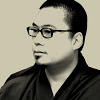







































































































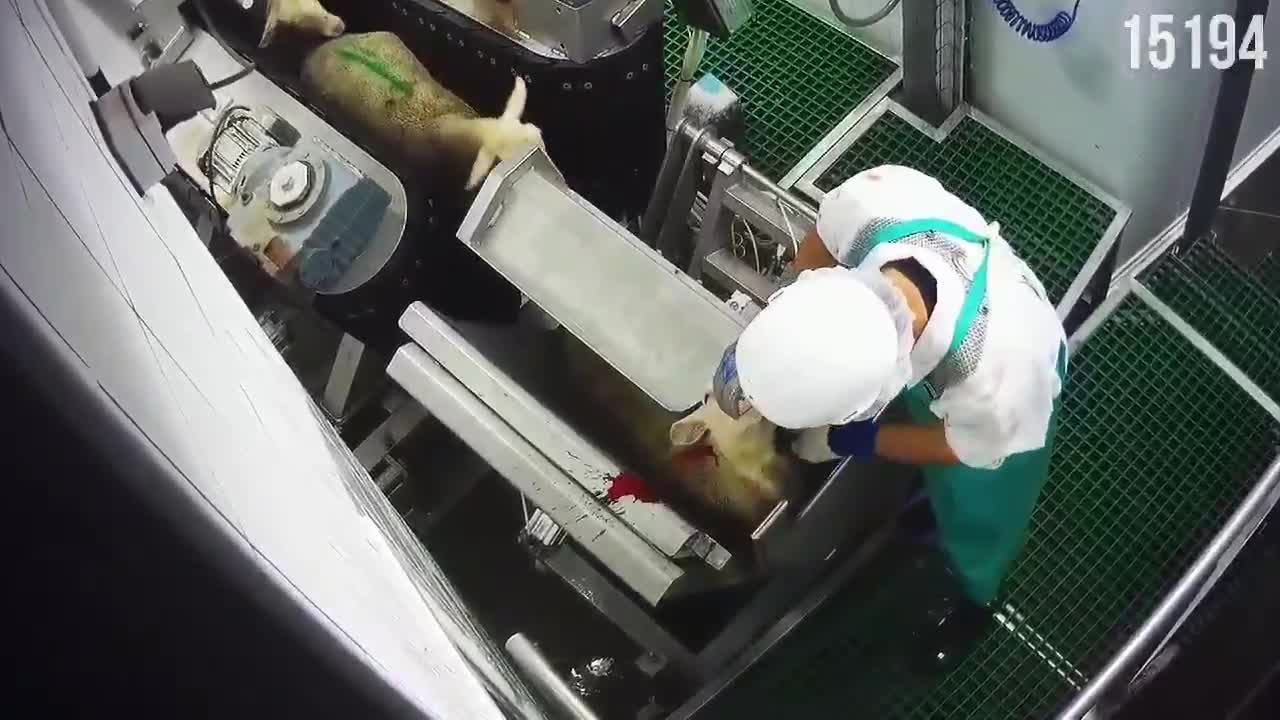

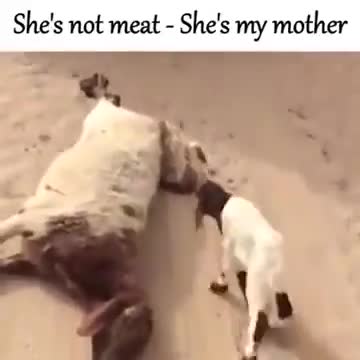
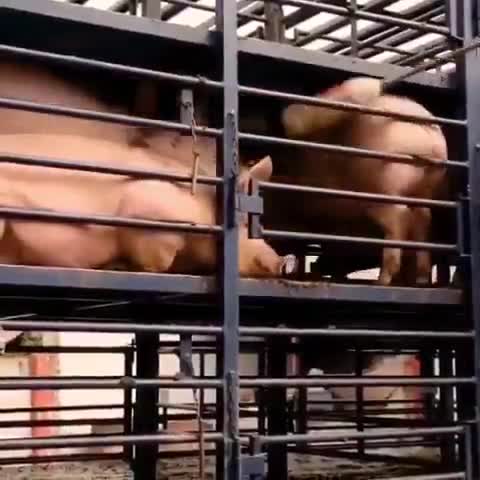


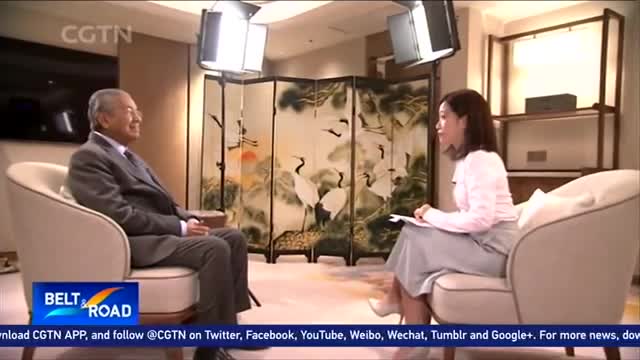

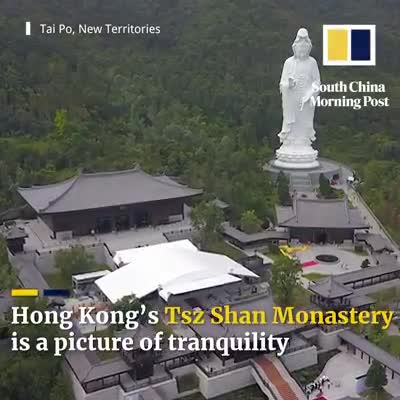

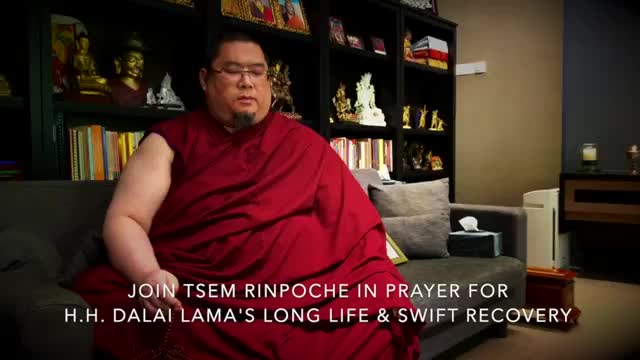

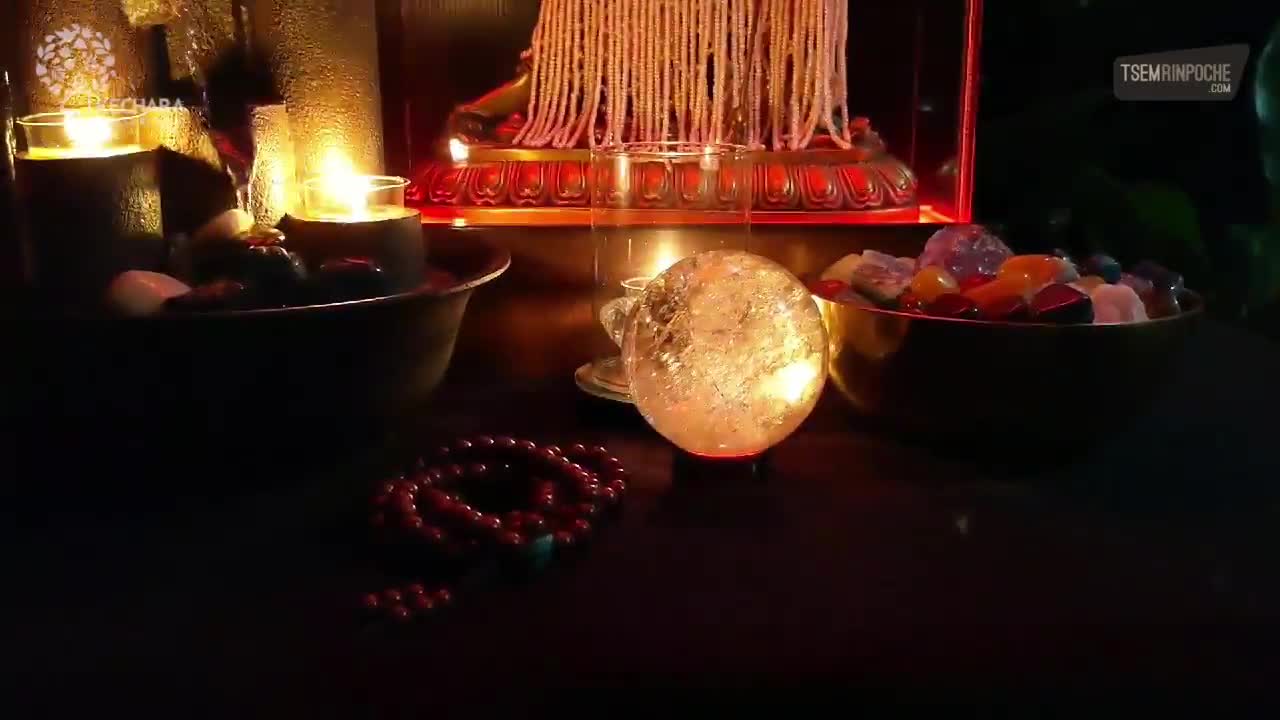

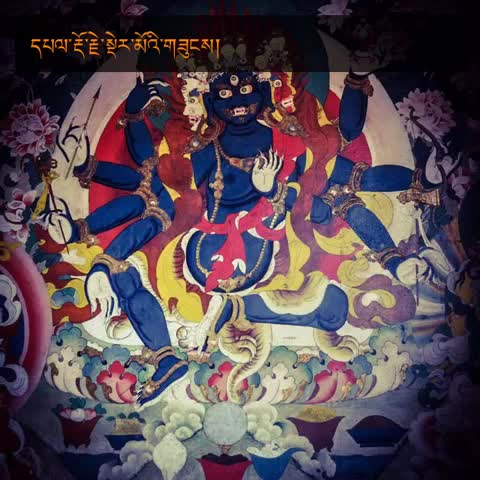
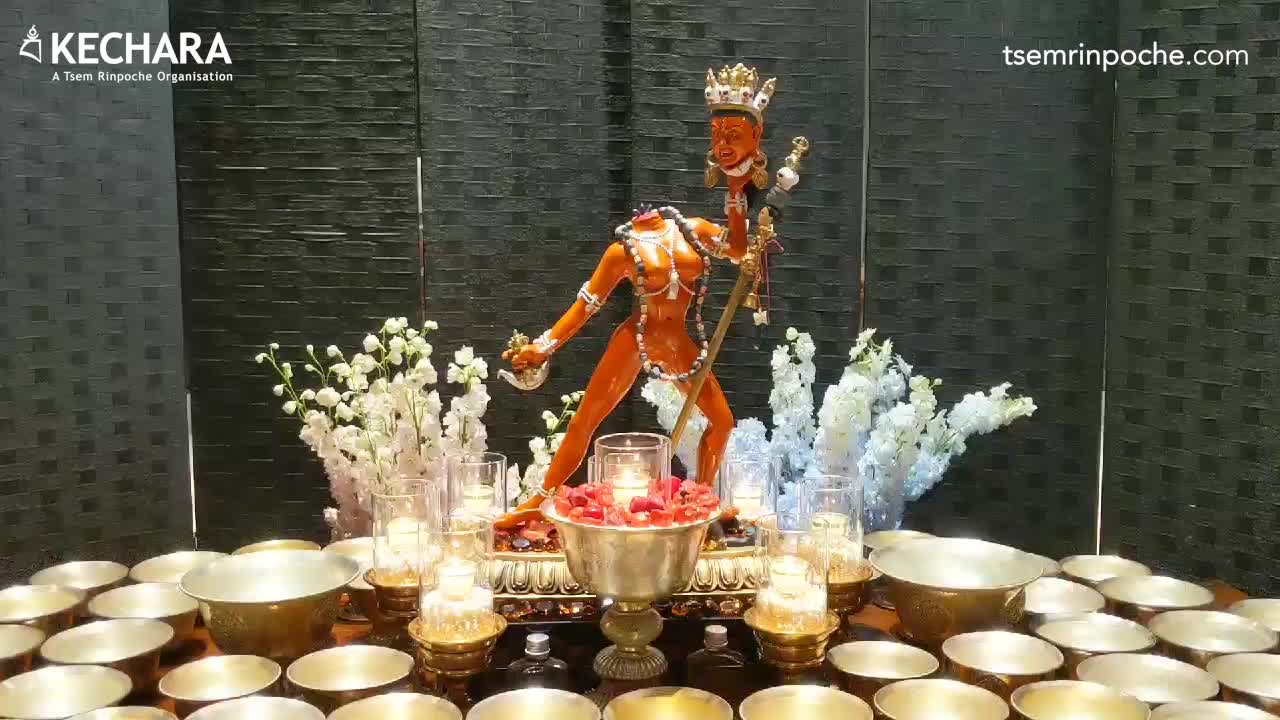













































































Dear Demian,
Thank you for the questions. The deities you have mentioned in these questions are not part of Tibetan Buddhist practice but are actually from the Tibetan Bon tradition. This tradition existed in Tibet before Buddhism was brought over from India and was the indigenous religion of the country. I am not familiar with this tradition as it is a different religion than Buddhism, but I have attempted to answer your questions below.
In Bon, Sherab Chamma is a healing deity and one that is propitiated for protection from spirit harm. As far as I am aware she was not subdued by Guru Rinpoche and therefore does not appear in any Tibetan Buddhist practices. From a Buddhist perspective we do not take refuge in worldly deities therefore those practicing the Buddhist path would not pray to or engage in her mantra recitation.
Yeshe Walmo is a being who protects the teachings of the Bon tradition. From a Buddhist perspective she is neither enlightened not subdued. Tonpa Shenrab is the founder of the Bon religion. He is said to have been a man who achieved a high state of existence, and then taught the Bon religion to others. Within Tibetan Buddhism he is not worshiped, as his practice belongs to the Bon religion.
Regarding the Bon version of Medicine Buddha, I do not know anything about this. Within Tibetan Buddhism, Medicine Buddha was a high level Bodisattva who took 12 vows to assist people with healing, both physically and mentally and leading them to enlightenment. Upon achieving enlightenment, he manifested in a form that could do this. As to the mantra, since I am practicing Buddhism, I would follow the Buddhist mantra that is mentioned in the sutras.
Sidpe Gyalmo is a separate deity than the Dharma protector Palden Lhamo. They are not the same, even though iconographically speaking they have some similar features.
When you are practicing the Buddhist visualisation techniques of the seed syllables, you can visualise them in English if you cannot visualise them in Tibetan/Sanskrit. This is perfectly acceptable.
In regards to the imagery used in Vajrayana, we need to look beyond what we ordinarily think of. For example, the sexual imagery actually represents the conjoining of two factors necessary to achieve enlightenment, wisdom and compassion. Extend this to other imagery, such as violent imagery, this represents overcoming of the most severe negative karma that causes us to suffer. Within Vajrayana each and every aspect of visualisation or imagery has a deeper meaning. It is not simply confined to what we see. The reason why Vajrayana is so powerful is that it directs our emotions and therefore energies towards something beneficial, attaining enlightenment. That is why when we see tantric imagery they may seem overly sexual or violent, because it is those emotions that are channelled to develop wisdom and compassion through practice. I hope this helps.
Thank you.